|
What is historic Mission 31 (and why is it so special?) This great video from Fusion explains the story very well: "Living underwater gives ocean explorers an incredible advantage. Unlike normal surface diving, where a person can only stay underwater a few hours a day, Mission 31 aquanauts can be under the surface for 12 hours or more. This is because their bodies are saturated with nitrogen, allowing them to live at the same pressure as the water that surrounds them."
"To put it in perspective, it would take a normal diver six months to collect the amount of data that the aquanauts can obtain in 31 days."
"To say the least, Mission 31 is ... cool."
The cast of characters includes ... yours truly, Grace under no pressure :)
"This is a story about saving our waters, our oceans, our seas."
We Visited Jacques Cousteau's Grandson at the Bottom of the Ocean, article and video from This is Fusion.
Another great Mission 31 video is Splashdown: Aquanauts Switch Mid-Mission when when Liz, Matt and I splashed down to Aquarius.
This is what the mangroves looked like, although this isn't my photo. Credit floridarambler.com. Sometimes I'd look up and not see the end of our path. It'd be easy to get lost in the maze, but thankfully we had an excellent guide. Mangrove UpdateUpdate: Our guide Don just sent me a copy of July's National Geographic with a terrific piece with amazing photos about the Goliath Grouper in the mangroves that they've been working on for years. I'll write a separate post soon about his fascinating work and this interesting creature that can be up to 800 lbs and nine feet long! (added 6/21/14) A REASON TO SMILE: Thank You NotesThis afternoon I got a very pleasant surprise in the mail. The students at Birches, whom I chatted with last week, sent me many thank you notes. It put a huge smile on my face! The letters have more excellent questions too. Kids are so curious! Have you seen anything cool? Have you swam with sea snakes? What other animals have you seen? Will you send me a 'pikshr'? My first visit with this school was in the fall, and it was great (blog post here). Some Work, Some fun
M31 team member Billy found mascot Samantha (follow her exciting Twitter account!) at a serious moment at mission headquarters, reading papers about plankton, sponges, and coral reefs to prepare for Mission 31 science. Someone said that the world would be a better place if more dogs had twitter accounts.
The Turtle HospitalLast Friday I had the opportunity to visit the Turtle Hospital with production team member Billy Snook. I was completely blown away at the incredible organization. It pained me to see how turtles have suffered from human causes, even indirectly. For example, sea grass absorbs fertilizers that run off into the ocean that turtles eats. The chemical fertilizers can develop tumors called fibropapilloma that will slowly and painfully kill the turtle. If the fertilizers in our crops do that to turtles, what are they doing to us?
If you extra specially care about sea turtles, check out The Turtle Hospital (maybe even call or donate!). There's also a fantastic non-profit called the Sea Turtle Conservancy; I follow them on Facebook to stay up-to-date on all their work (and see pictures of sea turtles on my news feed.) A DIVING DRONE
There's also blog posts: "Shellebrate" -- It's World Turtle Day! and Sea Life Just Fish? Think Polar Bears Too!
Happy World Oceans Day! Mission 31 and Aquarius, the only undersea research laboratory in the world, was the place to be for this year's celebration. Jean-Michel Cousteau and Dr. Sylvia Earle graced us with their presence, as well as Vampire-actor and conservationist Ian Somerhalder (his foundation) and former aquanaut Greg Stone (his TED talk). We celebrated with visits to the crew in Aquarius (Fabien, Adam, Andy, Otter, Kip and Ryan) and with a special event at Islamorada's History of Diving Museum.
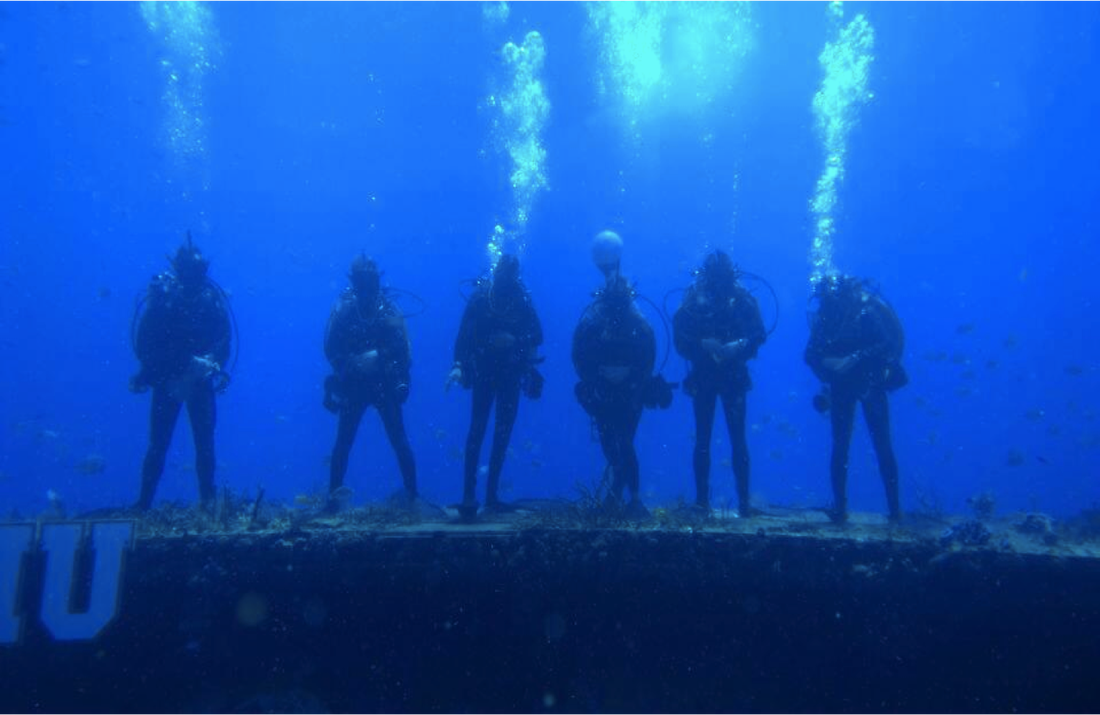
My World Oceans Day Promise is to engineer technology and help make policy to protect our oceans from climate change, pollution, and overfishing. This photo, just released by Mission 31, is from training. I'm surprised I can recognized everyone in their gear. From left to right, it's Kip, Fabien, Andy, Liz, Adam, and me.
Ocean Food Chain, Top to Bottom
World Oceans DayWorld Oceans Day day will be a big day for Mission 31. Media and celebrities, including Dr. Sylvia Earle and actor Ian Somerhalder, will visit us in the Keys and there'll be a celebration underwater (what better place to celebrate?). Up to World Ocean Day, I'll post daily about the wonders of the ocean, the current issues it's facing, and how we are bringing attention to those during Mission 31. Stay tuned! More blog at What's Mission 31 About? This is Worth the Watch. This morning mission scientists (Adam, Andy, Liz, and I) reviewed all the research experiments with the rest of the Mission 31 team. Researchers from Northeastern also joined us on a conference call. "Mission scientists" aren't the only scientists involved in this mission. Dozens of other scientists and technical advisors are participating by providing knowledge, expertise, research equipment, and other resources. From Northeastern, for example, five graduate students designed experiments for the aquanauts to conduct. Other researchers will also assist us via regular surface dives in the work that don't require saturation diving. See What's Mission 31 All About? Understanding M31 Ocean Research [video] in my blog. The Big Take-AwayThe big take away here is that we are conducting research that isn't possible without Aquarius, the world's only undersea laboratory. It would take a normal diver six months to collect the amount of data that the aquanauts can obtain in 31 days. Specifically, we're researching:
The TeamScience research during the first half of Mission 31 is run by Florida International University (FIU), and by Northeastern University (and me, from MIT) during the second half of the mission. For the second half, Liz and I are aquanauts working with a large team, including: Principal researchers: Mark Patterson, Brian Helmuth, and Loretta Fernandez Graduate students: Amanda Dwyer, Alli Matzelle, Jessica Torossian, and Nick Colvard Technicians: Francis Choi and Sara Williams Media and Outreach coordinators: Morgan Helmuth, Amanda Padoan, Angela Herring, Ursula August, and Kara Sassone The Science Details
In addition, Florida International University has planned a number of experiments to conduct during the first half of the mission. We expect the Mission 31 will produce much valuable data and many research papers!
It's World Turtle Day! All sea turtles breathe air (like SCUBA divers!). Many sea turtles fatally mistake plastic garbage bags as jellyfish food. With ocean garbage on the rise, using recyclable bags instead of plastic is a great idea.
How much plastic is in the ocean? Way too much. This infographic by One World One Ocean explains.
|
Author
Grace Young (B.S., MIT, Ph.D, Oxford) is an ocean engineer, aquanaut, and explorer currently working at X. She lived underwater as a scientist and engineer on Fabian Cousteau’s Mission 31, and is a National Geographic Explorer. Categories
All
|
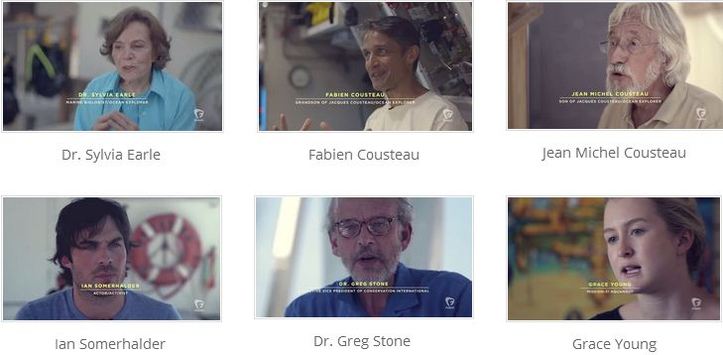


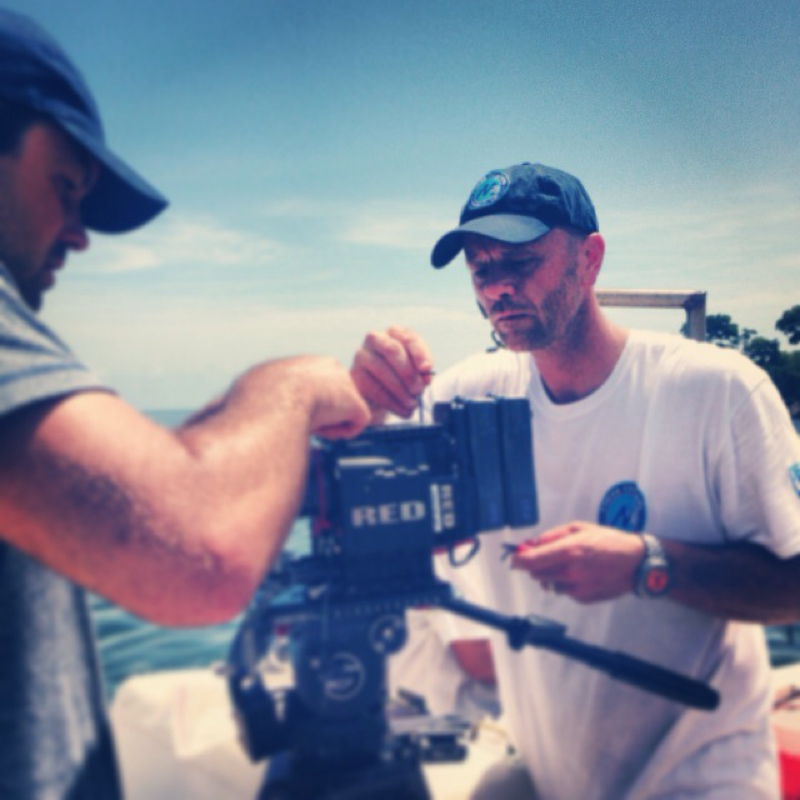
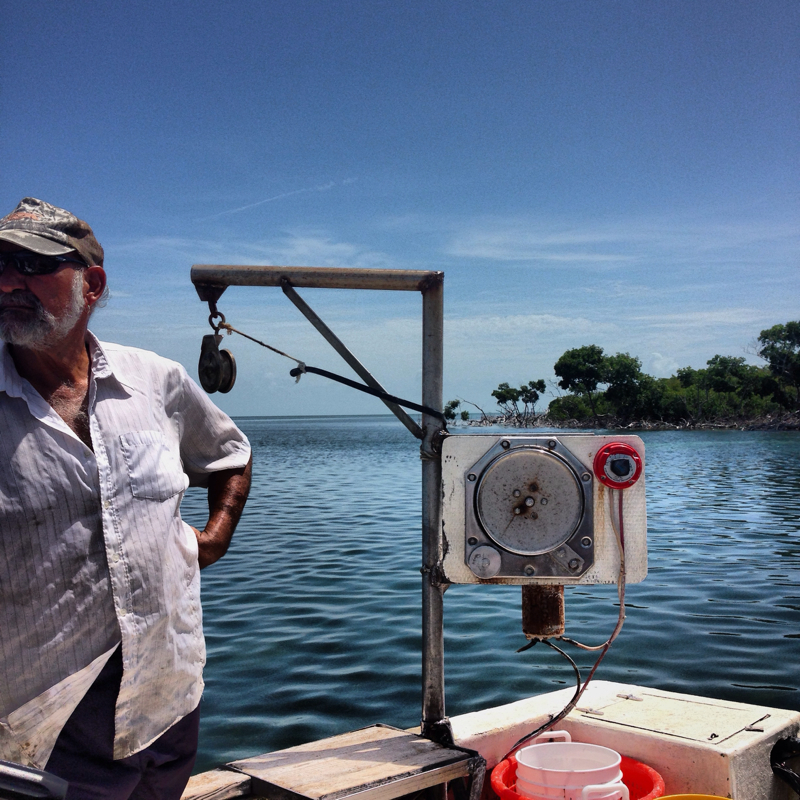
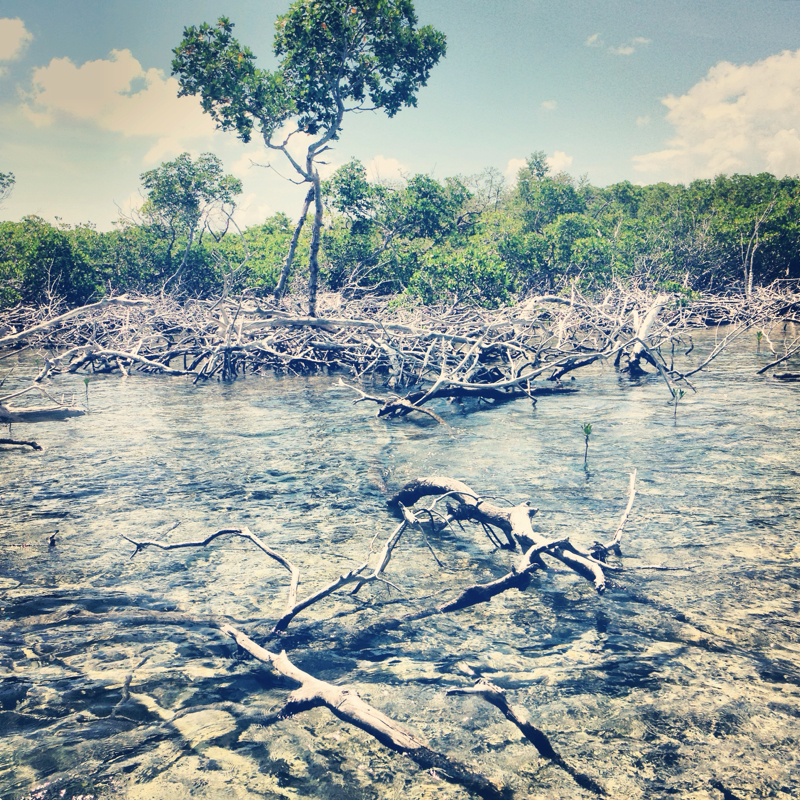
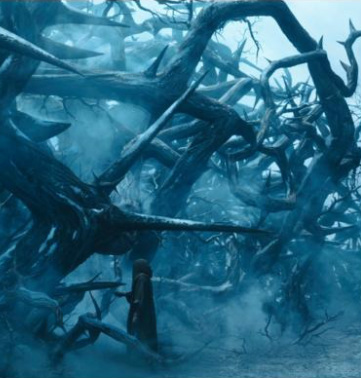
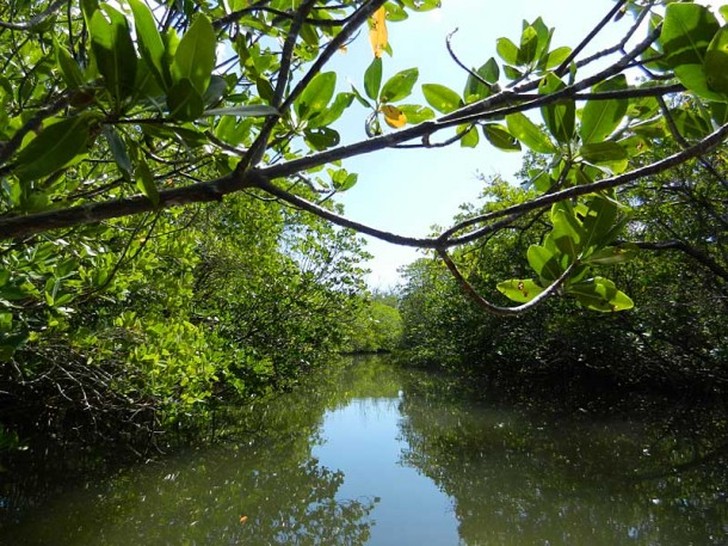

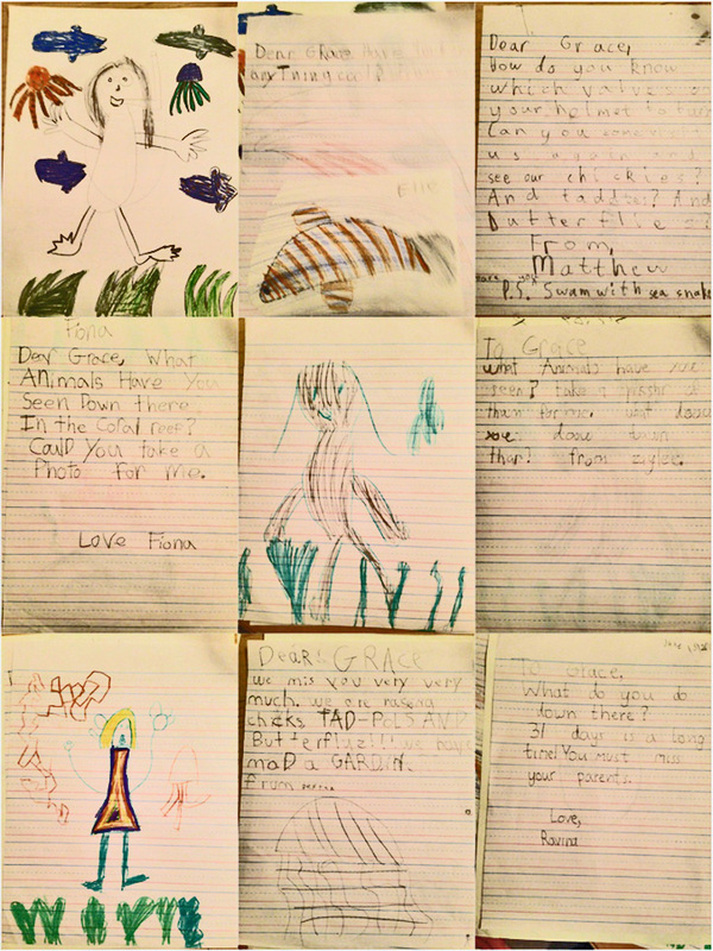
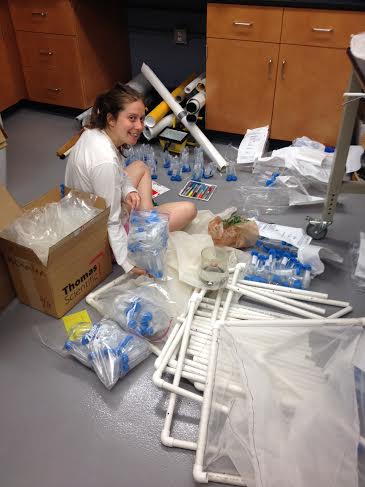
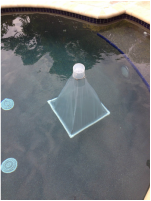
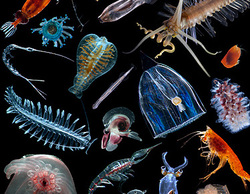
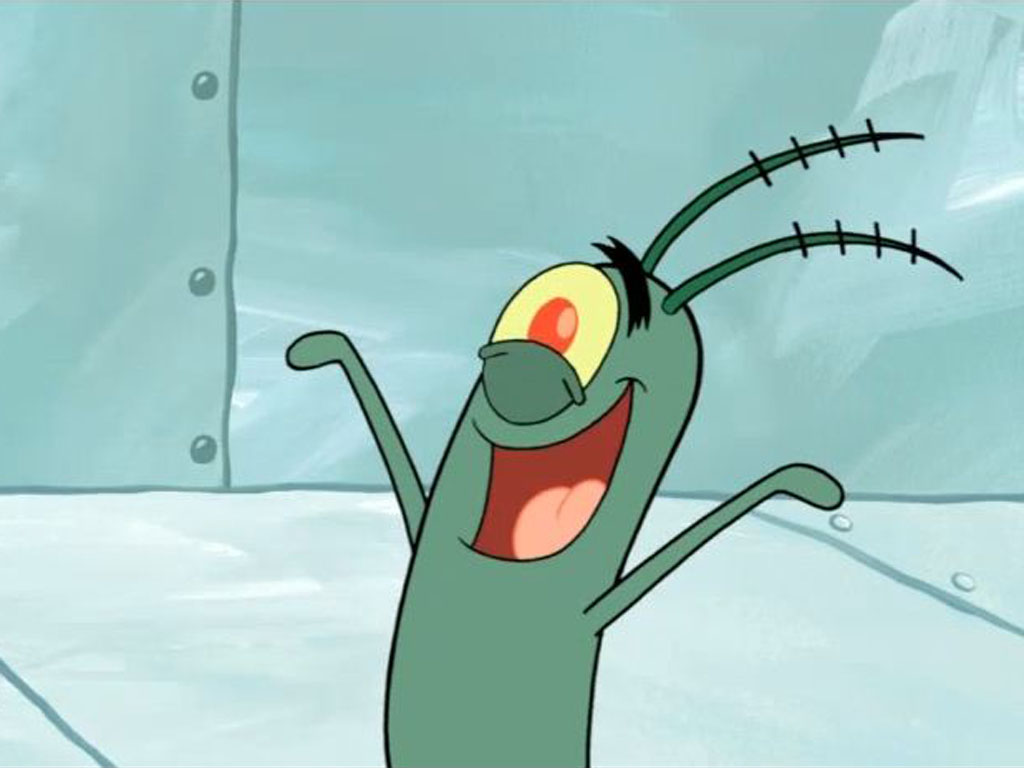
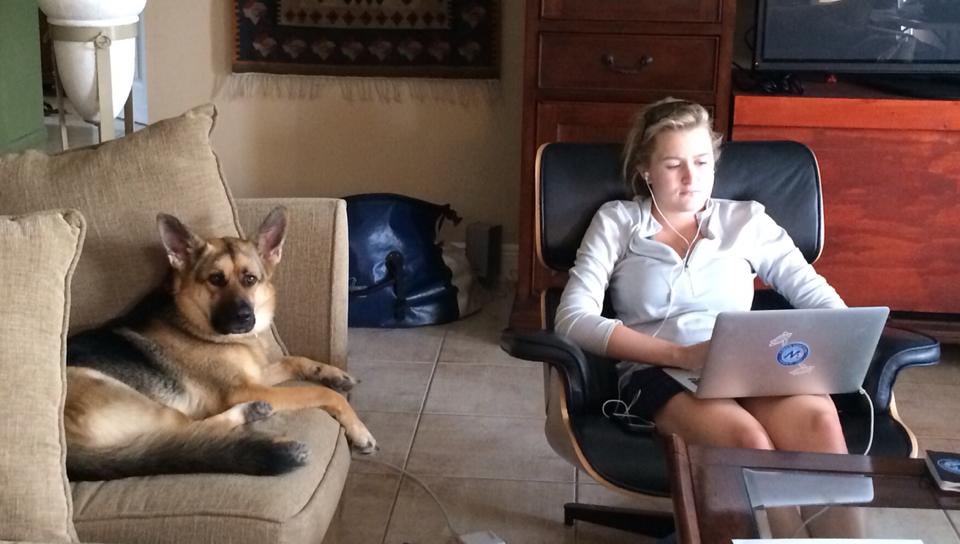

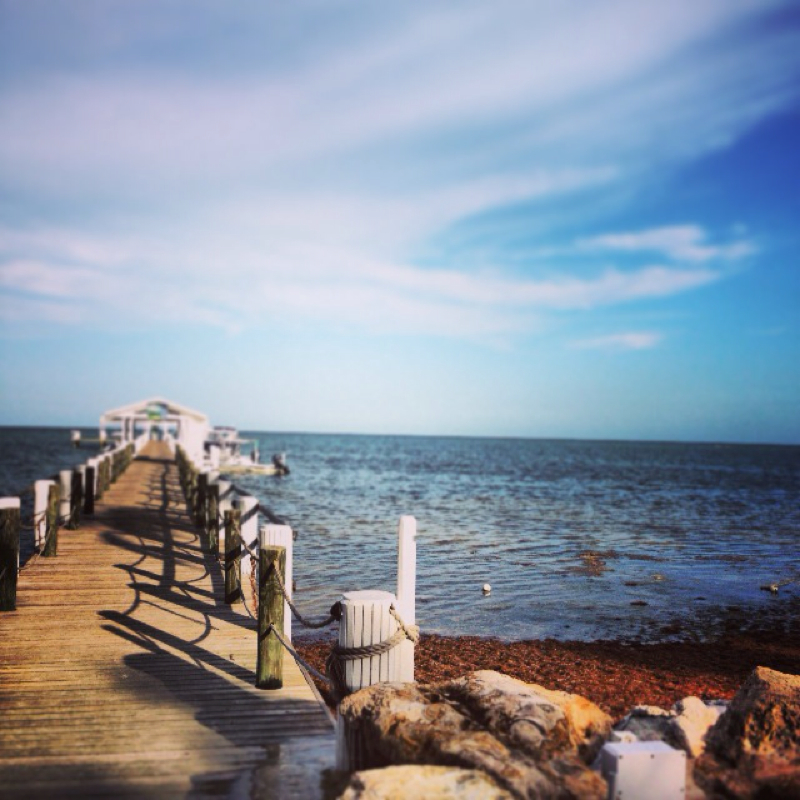
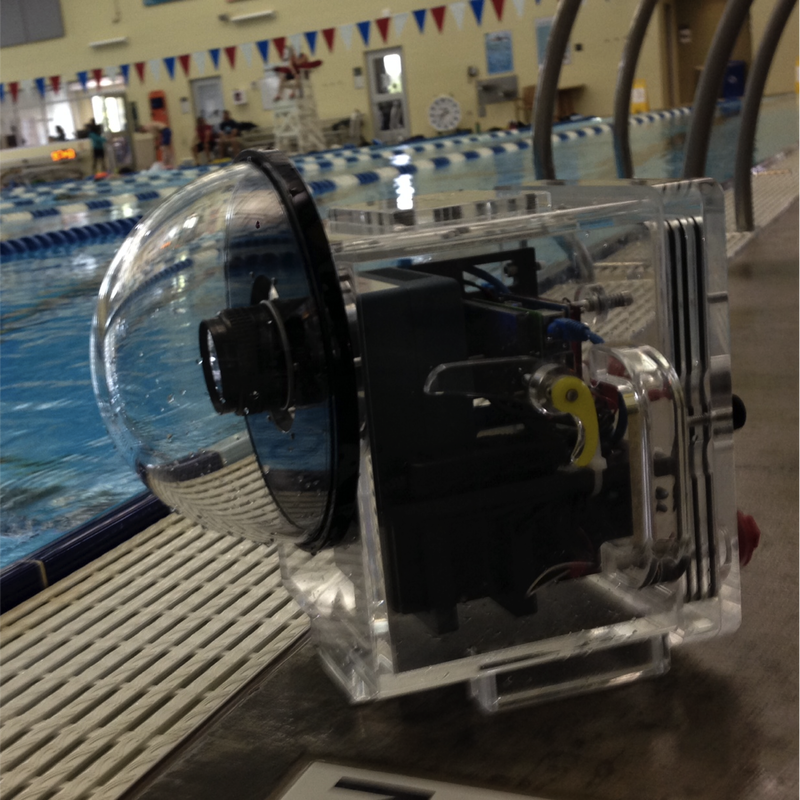
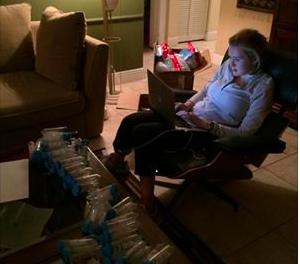
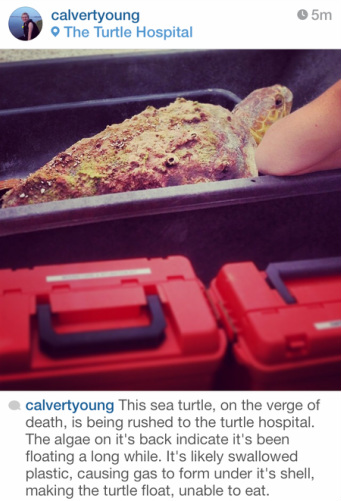
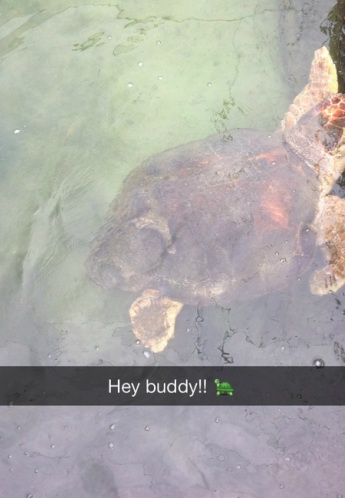
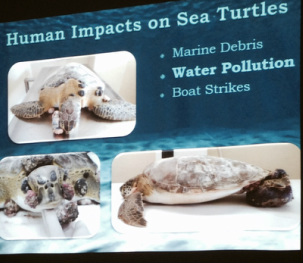
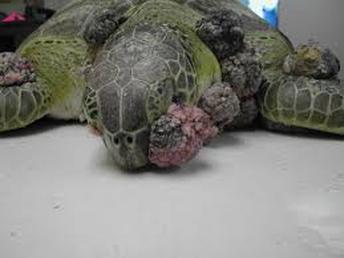
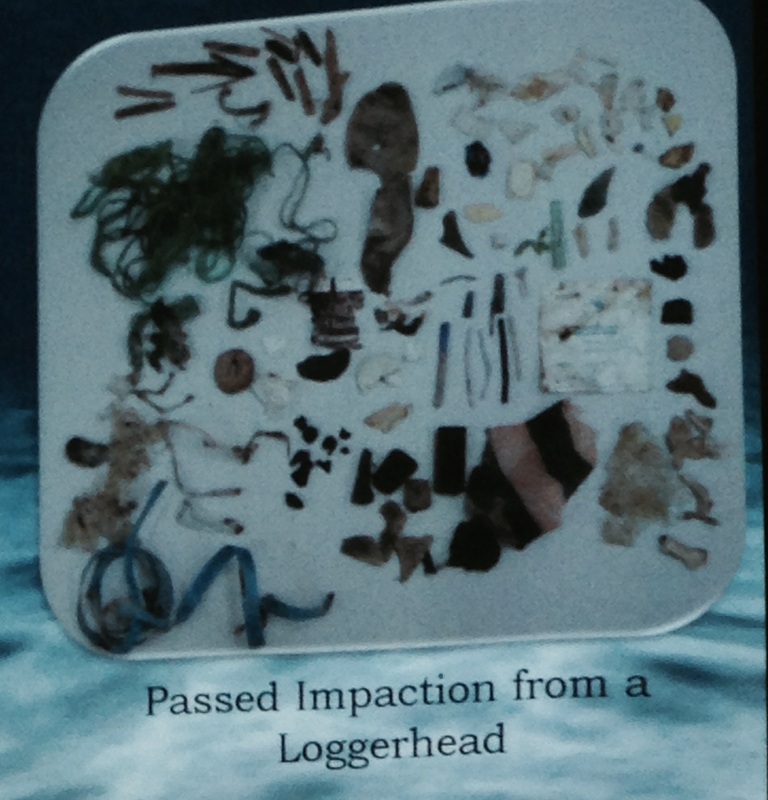
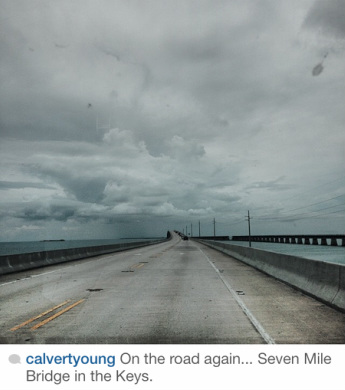
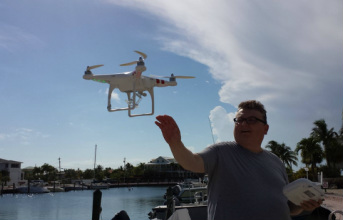
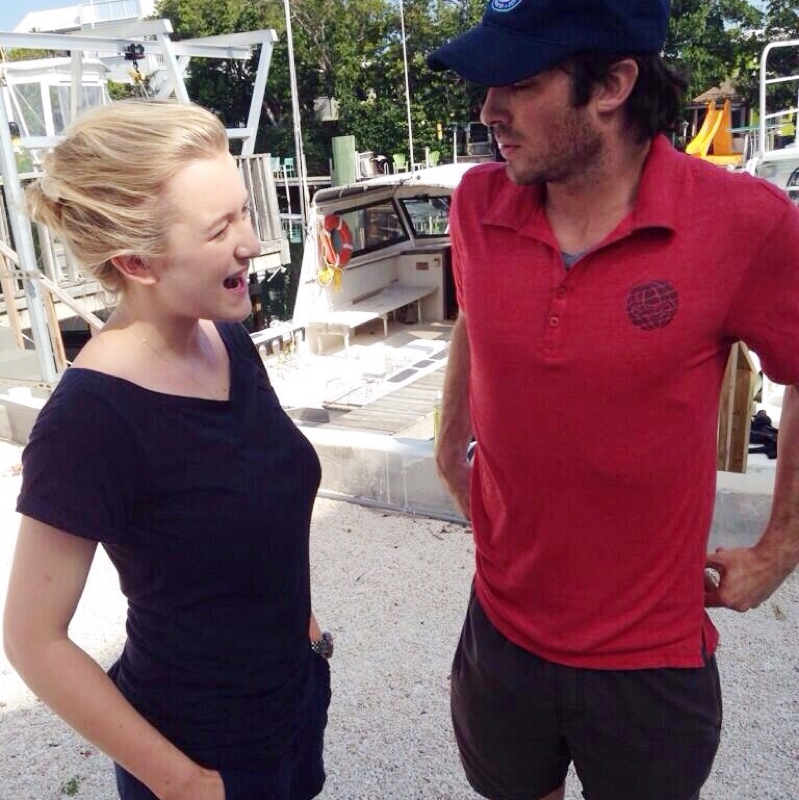
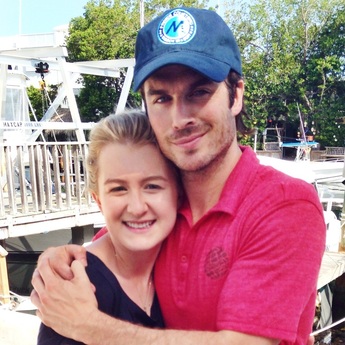
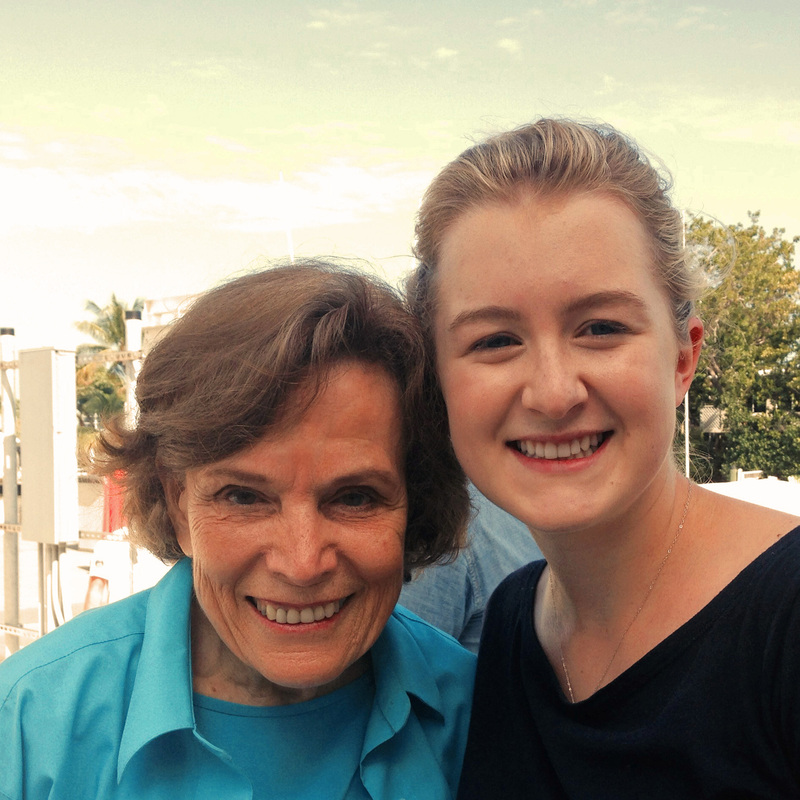
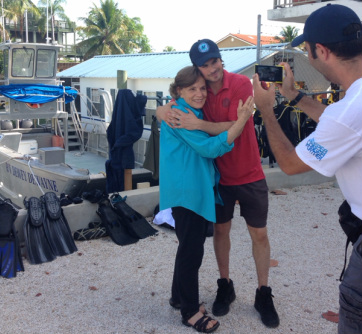
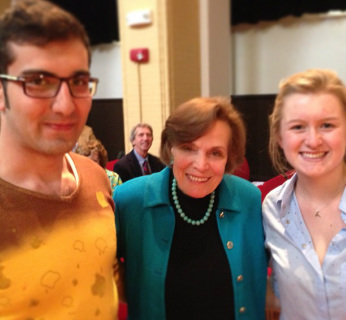
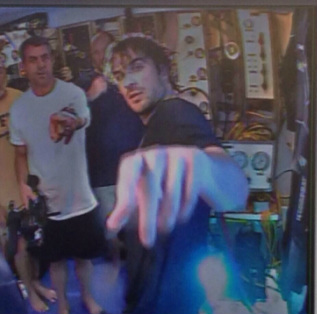
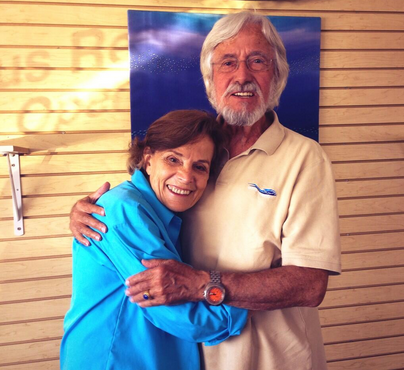

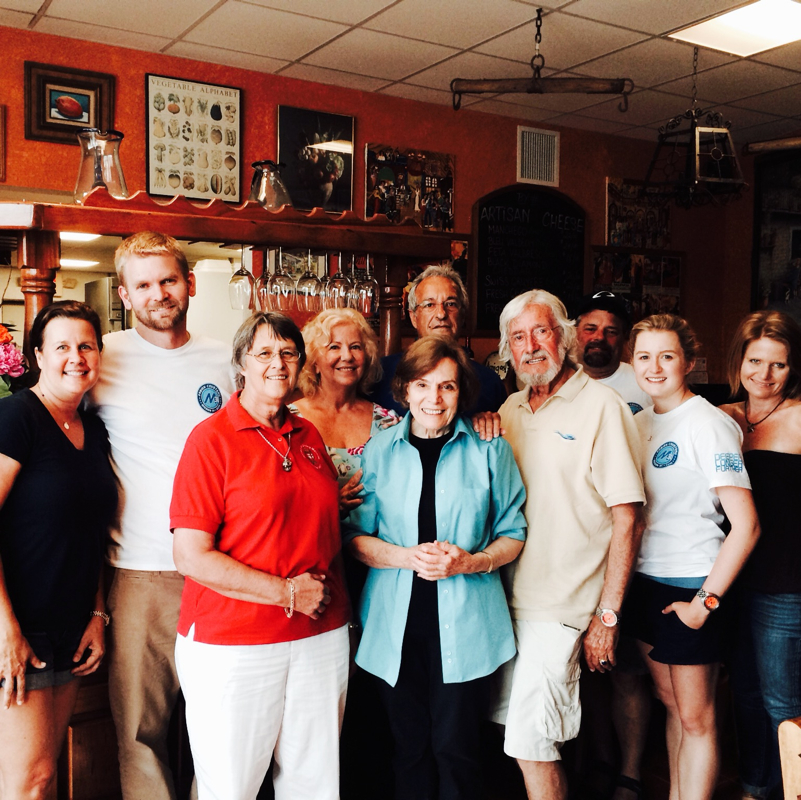
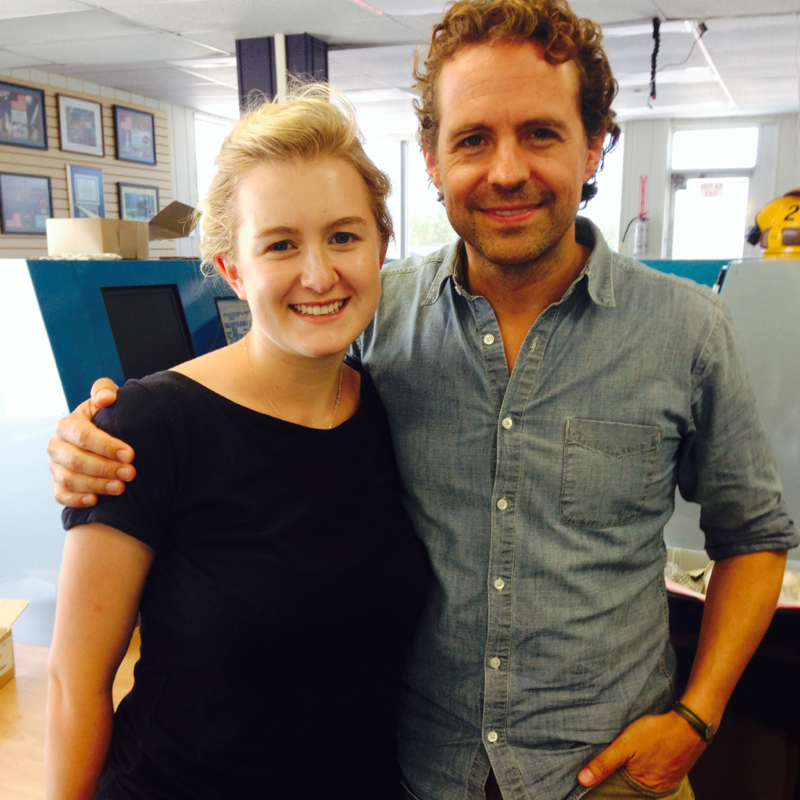
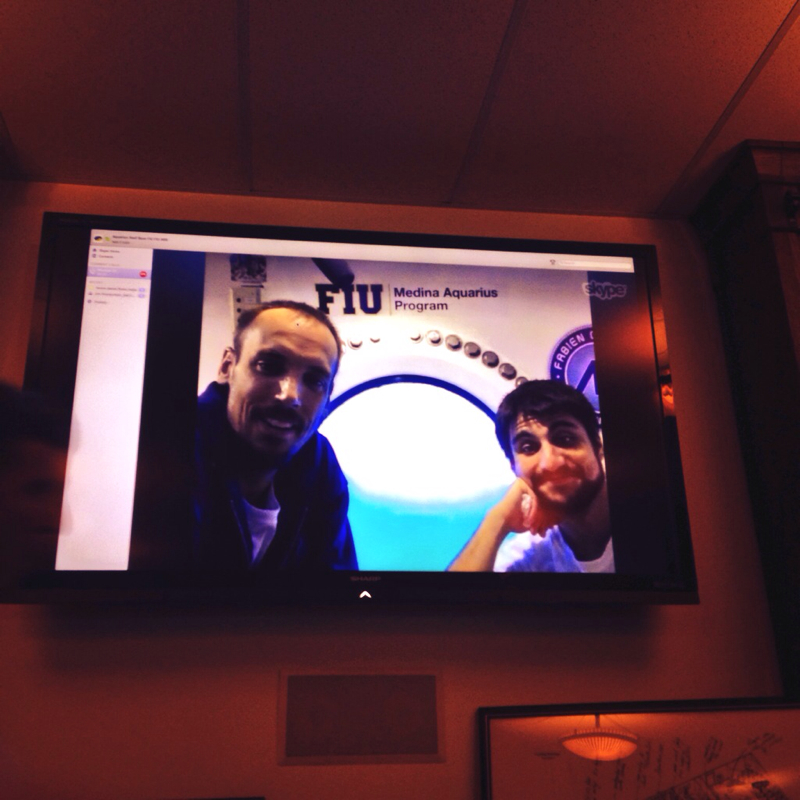
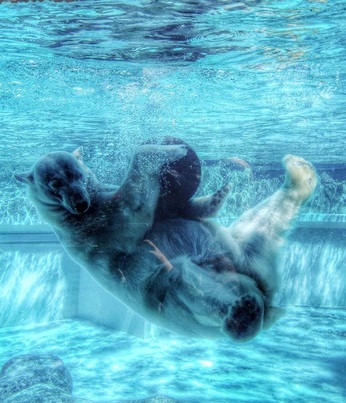
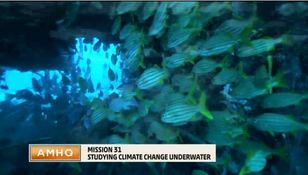
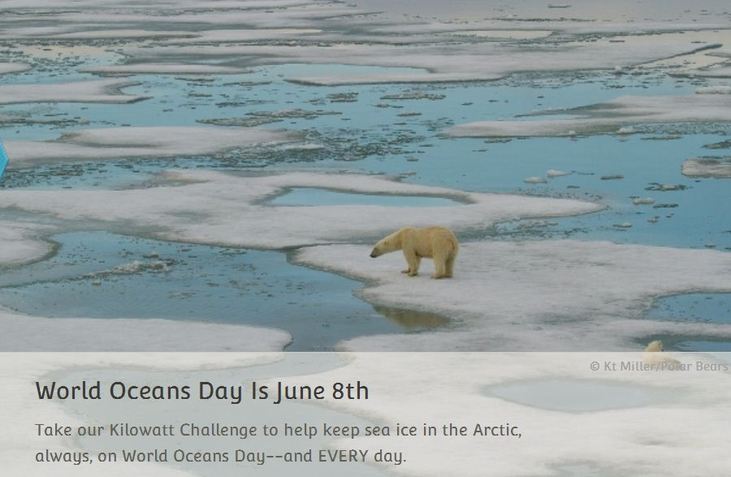

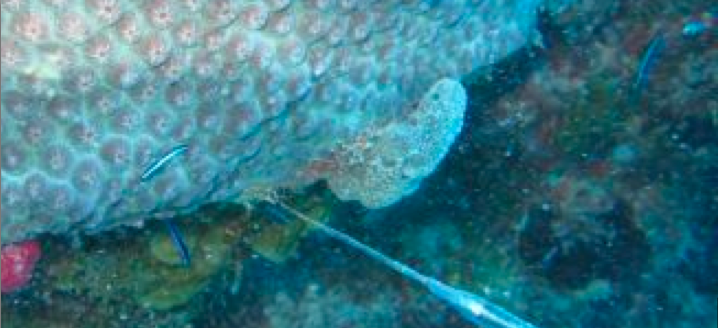
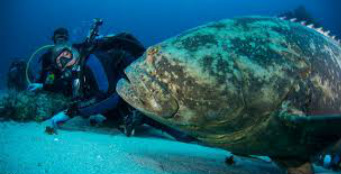
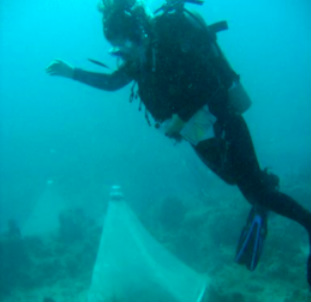
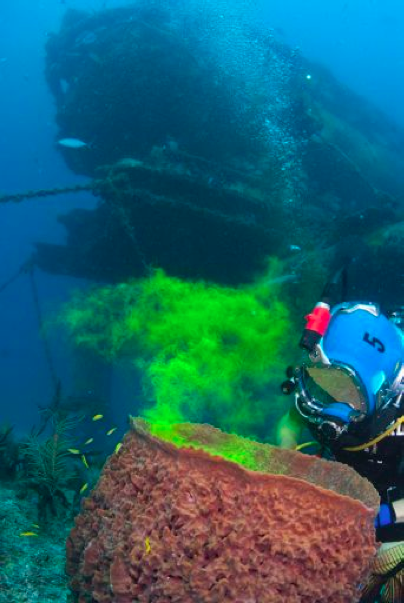
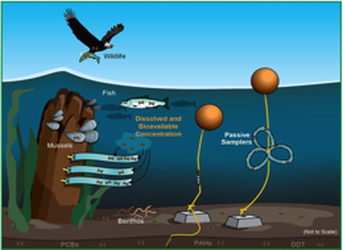
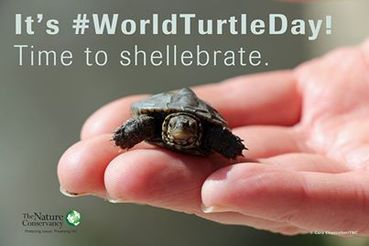
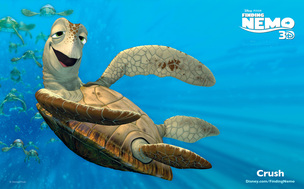
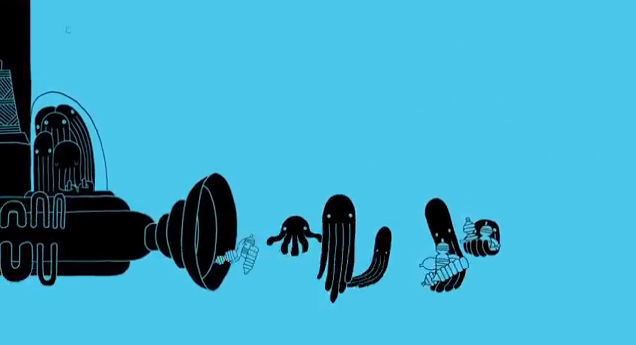
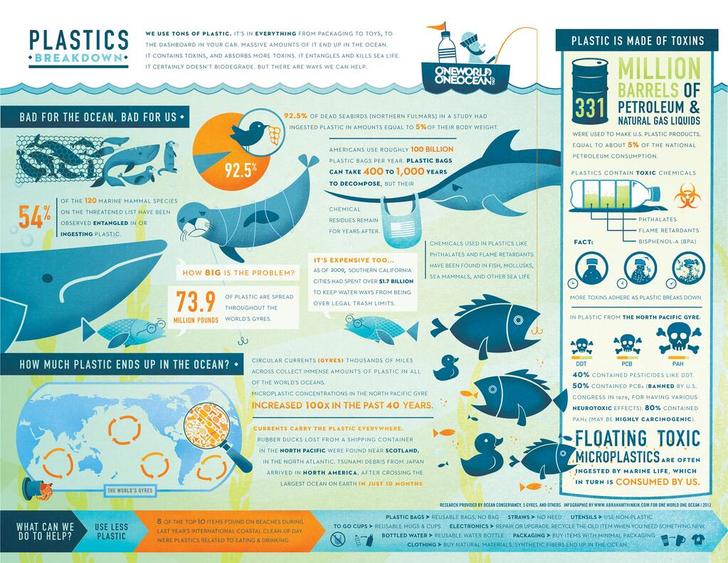
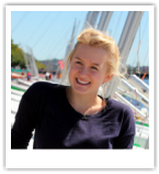
 RSS Feed
RSS Feed
